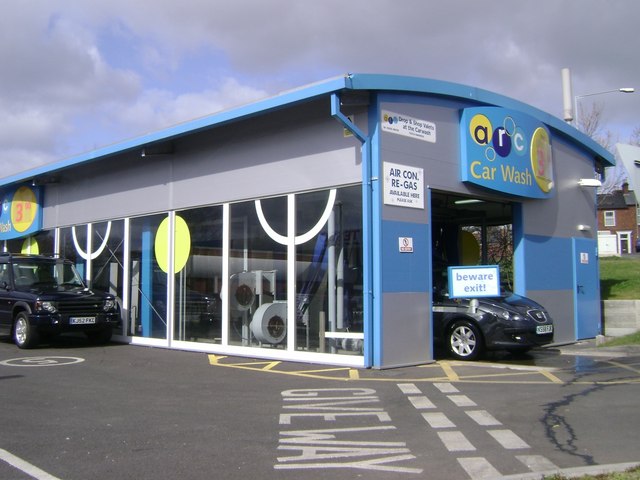Getting the grime off of a car is a challenge, especially when hand washing a vehicle. A car wash system is time saver and is more effective at reaching all the exterior parts. Generally speaking, the vehicle is driven into a tunnel with the automated components. Some tunnels have the car stop and the units move around the car. Others have the car ride on a conveyor belt that pulls the car through the different stations.
Automated vehicle wash systems are a great blend of technology, plumbing and chemistry that work together to clean the exterior of a vehicle. Rather than scrubbing by hand, a vehicle wash system offers all the components necessary to assemble a vehicle wash system for any size vehicles. The typical components of a washing system include the following.
Pressurized Water
First, the water is pumped through tubes and pressurized as it hits the vehicle. The force of the water is strong enough to remove dirt and grime.
Chemical Solutions
The pumping systems also have a method of mixing soap, wax or a rinsing agent into the water and then spraying that mixture onto the car. Sometimes a foam or bubble based solution that is not mixed with water coats the car. These carefully developed solutions clean and shine all the parts of the vehicle’s exterior.
Some vehicle washing systems are touchless, which means that the water and solutions are sprayed on the exterior and nothing else helps to clean or shine. These systems promise to prevent any scratches on sensitive paint jobs. However, the lack of scrubbing can leave some dirt behind. Scrubbing units that use rubber or heavy cloth like strips will clean more effectively.
There are lots of configurations available for designing an automated vehicle washing system using a powerful combination of scrubbing units. The materials used that brush against the vehicle are guaranteed not to scratch the painted or polished surfaces.
Bubblizer
These are archways that generate bubbles from a chemical solution rather than foam. The bubbles will slide down and spread along the vehicle surfaces more easily than a coating a foam. Another plus with a bubblizer unit is that lights and colors can be added to liven up the driver’s experience.
Side Brushes
These large, tall units use durable cloth strips that spin to clean the front, sides and rear of a vehicle. Available as part of many configurations, these are controlled with sensors that detect the dimensions so the strips remain the correct distance for maximum cleaning.
Overhead Units
Long strips attached to an overhead arch dispense solutions and water to clean along the tops of the vehicle. These also are attached to sensors that detect the dimensions for maximum effectiveness.
Water Wall
A large arch that sprays pressurized water or clear coat treatments, these are usually at the beginning and end of a vehicle wash system to provide a pre-soak and rinse.
Undercarriage Sprays or Wheel Sprays
Components designed to clean under the vehicle can be added. Also, units designed to clean wheels are also available.
The combinations of units for cleaning are virtually endless. Gas stations, fleet vehicle owners, and other businesses that cater to or use a lot of vehicles can design a custom vehicle washing system. More than one system can be installed on a property especially if the owner wants to increase revenue by offering retail car washing to customers. The units can be fully automated with electronic payment kiosks so additional attendants are not required. Automatic vehicle washing systems are a great method of keeping a vehicle looking shiny and fresh.
Author Bio:
Andrew Hoffman is a car enthusiast and a freelance writer from Los Angeles, California. With over 7 years of experience in the automotive industry, he has worked with many clients, including NS Wash Systems, which is the most efficient and thorough car wash systems in United States. During his free time, he enjoys finding new ways to conserve the environment and go green.


